 |
||
Situations, Squeeze Bunt: The Secret To Bunt Defense Is Decisiveness On The Part Of The Defensive Team!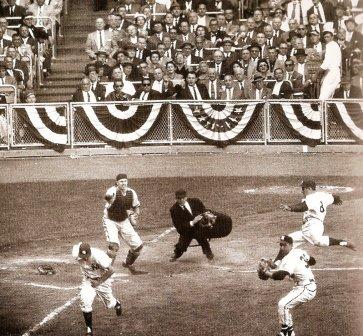
Situations, squeeze bunt; where you have a runner at third, or second and third, generally with less than two outs. It becomes a possiblity with two outs should the infield corner defense be caught deep, to where the offense feels they can score the run by bunting and beating it out to first base. In these situations, there are two types of bunts the offense could use, a suicide squeeze, or a safety squeeze. Both require the same basic defensive assignments, with the exceptions noted below. Squeeze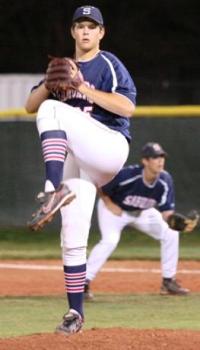
As the runner breaks for the plate: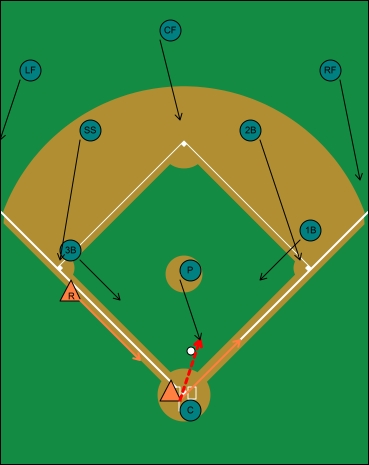
P: The pitcher is responsible for the bunt in front of him. His most important job is the location of the pitch. Ball should be down and in to a right hander, down and away from a lefty.
C: The catcher is responsible for the tag at home. If the ball is bunted, depending on where the bunt goes, he is either fielding it, or calling out where the play is to go.
1B: Crashes like the third baseman, and is responsible for balls bunted up the first base side.
2B: Covers 1B.
SS: Covers 3B, in the event the squeeze turns into a rundown situation, so you have someone on third base.
3B: Yells to alert the rest of the infield of the squeeze and breaks hard towards home plate with the runner, responsible for balls bunted up the third base side.
LF: Coming hard towards 3B line.
CF: Coming hard to 2B.
RF: Coming to 1B line and up towards 1B, lined up as much as possible with the throw.
Safety SqueezeWith a safety squeeze, the runner is taking his secondary lead and reading the bunt. The batter is bunting only strikes, looking to bunt the ball up either side, away from the pitcher. If he is successful with that, the runner will break for the plate when he sees the ball is headed for the ground. 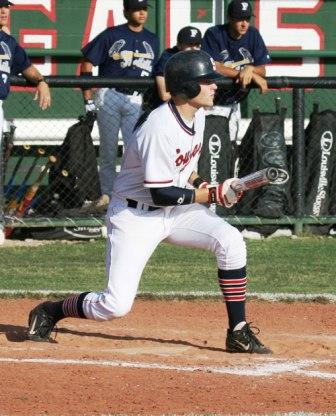
Squeeze Bunt Tips ~ From the Dugout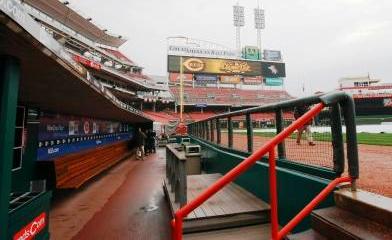
With runners on second and third, the defense needs to be aware of the double squeeze. The difference here is that the runner on second is running as well, with the full intention to score as the ball is thrown to first base. The defensive solution is for the second baseman to bounce off first base after the put out looking for the runner from second. The players backing up at third are responsible for verbally alerting those directly involved in the play, that the second runner is coming. Failure to keep track of that trail runner can lead to a lost run and defensive embarassment. Team work and communication! The secret to bunt defense is decisiveness on the part of the defensive team. That is developed through repetitions and dealing with all that might happen in a practice setting, before it happens to them in a game. Decisiveness creates confidence, which is the building block for baseball players at all levels. Luck Is When Preparation Meets Opportunityreturn from situations squeeze bunts to theoleballgame.com 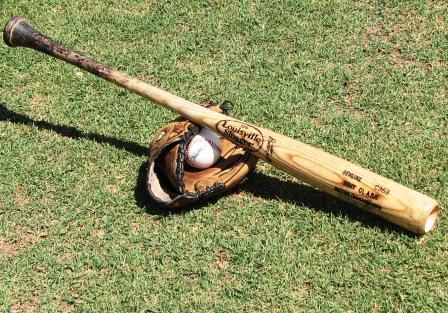 |
 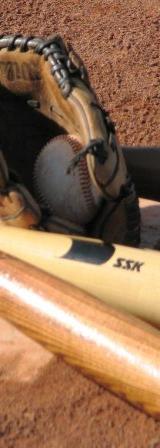 |
|
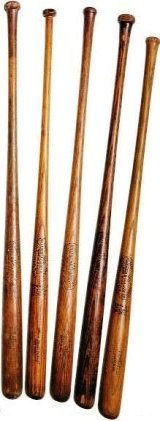 |
||
|
| ||